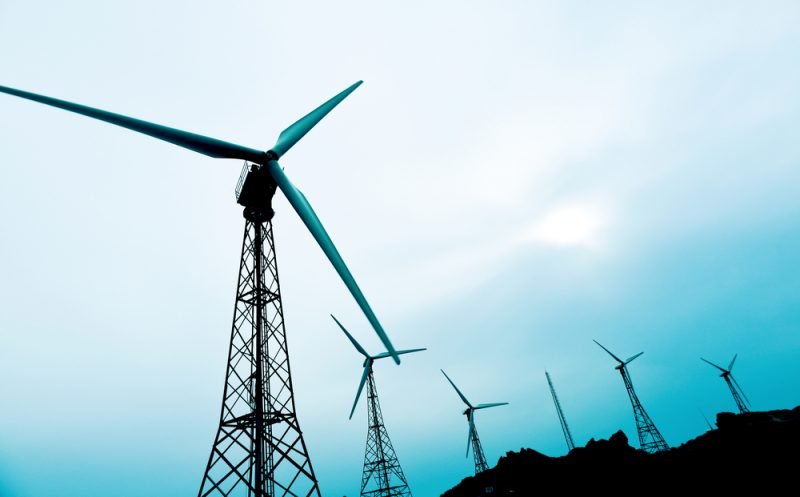American Wind Energy Association releases model electrification legislation

The American Wind Energy Association (AWEA) recently released model legislation designed to help states introduce electrification legislation or expand their existing electrification strategies.
AWEA based the model legislation on findings in its recent study, “A Shared Future: Electrification and Renewable Energy.” The report advocates a comprehensive approach to electrification strategies including electric vehicle (EV) charging infrastructure investment, renewable energy additions and transmission expansion.
“Mass electrification across multiple sectors is a consumer-driven trend state legislators and regulators need to prepare for today,” Hannah Hunt, deputy director of electricity policy and demand for AWEA, said. “This report offers solutions for state-level stakeholders at every stage of the electrification process, with a focus on tapping the unique potential of wind energy and investing in critical energy infrastructure.”
Electrification could increase electricity load growth by as much as 38 percent nationwide by 2050, according to the National Renewable Energy Laboratory (NREL). Transportation electrification, including consumer-driven adoption of EVs, is expected to account for a significant portion of demand growth.
The report highlighted aspects of wind power that could make it a useful resource for electrification transitions. The report noted that onshore wind tends to be strongest at night when most EV drivers charge their vehicles.
“The wind industry stands ready to help states meet their energy goals and consumer preferences in an increasingly electrified economy,” Susan Sloan, vice president of state policy for AWEA, said. “Wind is already a healthy part of strong economies in places like Texas, Iowa, and California. That success story will reach even more Americans with state policies in place that support investments in renewable energy, transmission, and EV charging infrastructure.”
